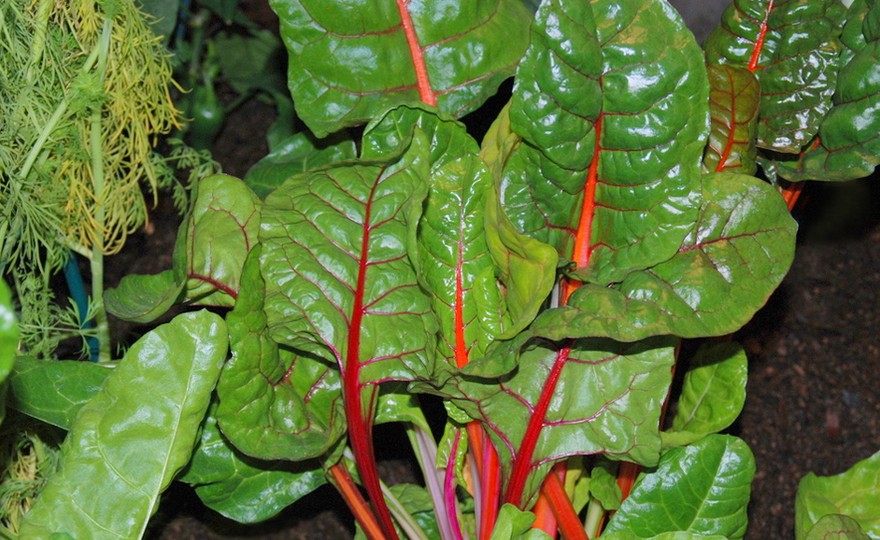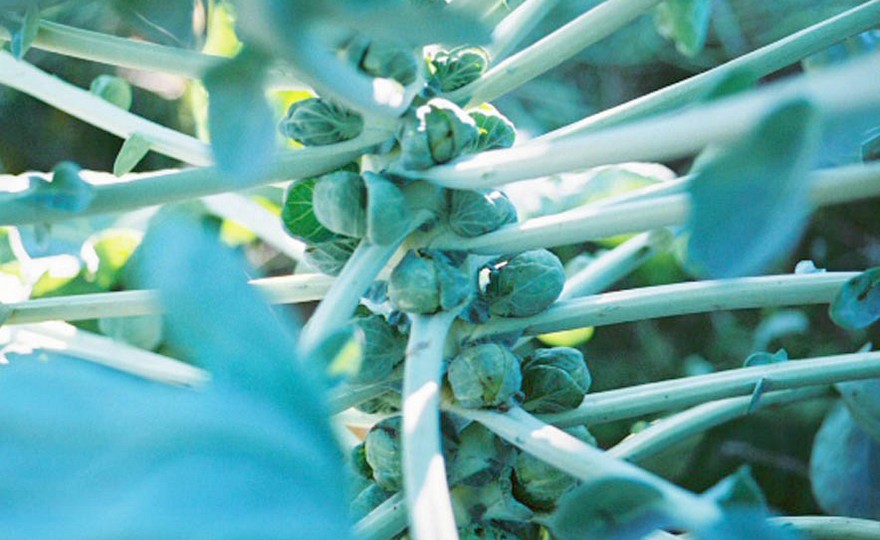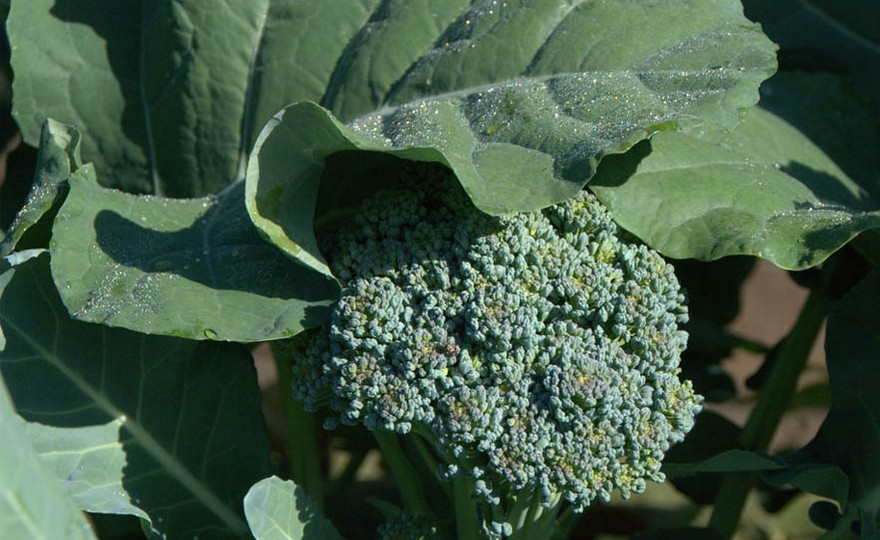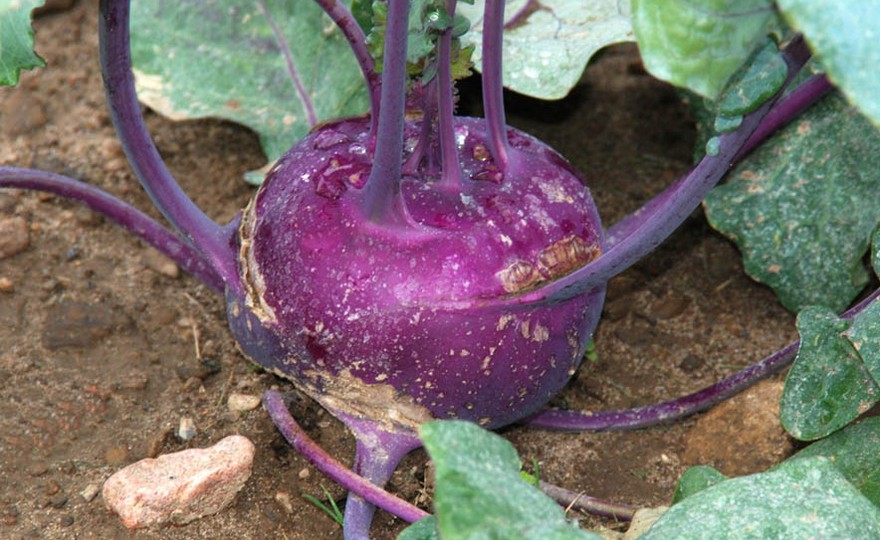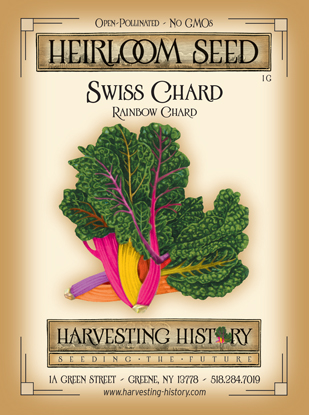
Swiss Chard, Rainbow Chard
-
- **SOLD OUT** HOLIDAY GIFTS **SOLD OUT**
- **SOLD OUT** Holiday Books **SOLD OUT**
- **SOLD OUT** Holiday Citrus **SOLD OUT**
- **SOLD OUT** Holiday Gift Certificates **SOLD OUT**
- **SOLD OUT** Holiday Paperwhites **SOLD OUT**
- **SOLD OUT** Holiday Praying Mantis Kits **SOLD OUT**
- **SOLD OUT** Holiday Tools **SOLD OUT**
- **SOLD OUT** Holiday Wildflower Mixtures **SOLD OUT**
- Citrus Trees
- **SOLD OUT** - Vegetable and Herb Plants - Mix & Match any 6 Plants for $50 - Only Shipped in Quantities of 6
- Elephant Ear Plants & Roots
- **SOLD OUT** 4-Inch Pot Herb Plants **SOLD OUT**
- Rare Plants
- **SOLD OUT** Vining Plants **SOLD OUT**
- Asian Seeds
- Beneficial Bugs
- Books
- Citrus Fertilizers
- Cold-Treated Bulbs - SEE BULBS FOR FALL PLANTING TO ORDER
- Cold-Treated Allium
- Cold-Treated Chionodoxa
- Cold-Treated Crocus
- Cold-Treated Hyacinthoides
- Cold-Treated Hyacinthus Orientalis
- Cold-Treated Narcissus
- Cold-Treated Cyclamineus Narcissus
- Cold-Treated Double Heirloom Narcissus
- Cold-Treated Jonquilla Narcissus
- Cold-Treated Large Cupped Narcissus
- Cold-Treated Poeticus Narcissus
- Cold-Treated Small Cupped Narcissus
- Cold-Treated Species Miniature Narcissus
- Cold-Treated Split Cupped Narcissus
- Cold-Treated Tazetta Narcissus
- Cold-Treated Triandus Narcissus
- Cold-Treated Trumpet Daffodils
- Cold-Treated Ornithogalum
- Cold-Treated Rock Garden Iris
- Cold-Treated Scilla
- Cold-Treated Tulips
- Cold-Treated Emperor Tulips
- Cold-Treated Fringed Tulips
- Cold-Treated Green or Viridiflora Tulips
- Cold-Treated Lily Flowering Tulips
- Cold-Treated Parrot Tulips
- Cold-Treated Peony Flowering Tulips
- Cold-Treated Single Early Tulips
- Cold-Treated Single Late Tulips
- Cold-Treated Species Tulips
- Cold-Treated Triumph Tulips
- Flower Bulbs, Corms and Tubers
- Bulbs for Spring Planting
- Bulbs for Fall Planting - ALL BULBS AVAILABLE ARE COLD TREATED FOR PLANTING AS SOON AS SOIL CAN BE WORKED
- Fall Blooming Bulbs
- Garden Tools & Equipment
- Gift Certificates
- HHH Exclusive Wildflower Mixtures
- Wildflower Mixtures
- Heirloom Garlic
- Potatoes
- Roots & Sets
- Seeds
- Flowers
- Herbs
- Vegetables
- **SOLD OUT** HOLIDAY GIFTS **SOLD OUT**
-
- No products to compare
-
75 in stock
Quick Overview
SWISS CHARD, Rainbow Chard –
Beta vulgaris var. cicla
FULL SUN Native to the coastal regions of southern Europe, Swiss Chard is probably older than our common beets having been developed from a wild beet more than 2000 years ago. Aristotle described a red stalked chard in 350 BC and white, yellow and green stalked chards have been known since ancient times. Introduced during the mid-20th century, Rainbow Chard was primarily grown for its ornamental qualities, but the flavor was also pretty good. The stalks are orange, pink, yellow and red. The leaves are deep green with some variation based on the color of the stalk. Swiss Chard can be sown in the early spring for a summer crop and mid-late summer for a fall crop. In the spring, plant as soon as the ground can be worked. Soil should be deeply spaded before planting. Chards are best grown in sandy loam soil. Rows should be 18-24 in. apart. When seedlings are 1 in. high, thin, leaving 8-12 in. between plants. Adding lime to the soil before planting will sweeten chard.
| Type | Spacing | Planting Depth | Days to Germination | Maturity |
| Swiss Chard | 8-12 in. | 1/2 in. | 14-18 | 55 |

Swiss Chard, Rainbow Chard
Swiss chard is a cold tolerant biennial that is closely related to the beet. It is native to southern Europe and much older than the beet. It is believed to have developed from a form of wild beet thousands of years ago. White, yellow and dark green forms of chard have been known since ancient times. Aristotle mentions a red-stalked chard around 350 BC. Swiss chard has been grown both as a vegetable crop and also as an ornamental. It was introduced into the United States by the colonists who considered it another form of beet grown for its greens.

